The Bleaching Clay Market is currently characterized by a dynamic competitive landscape, driven by increasing demand for high-quality bleaching agents across various industries, including food, oil, and cosmetics. Key players such as Clariant AG (CH), Imerys S.A. (FR), and Ashapura Minechem Ltd (IN) are strategically positioned to leverage their technological advancements and extensive distribution networks. Clariant AG (CH) focuses on innovation in product development, particularly in sustainable solutions, while Imerys S.A. (FR) emphasizes regional expansion to enhance its market presence. Ashapura Minechem Ltd (IN) appears to be concentrating on optimizing its supply chain to improve efficiency and reduce costs. Collectively, these strategies contribute to a competitive environment that is increasingly shaped by innovation and sustainability initiatives.
The business tactics employed by these companies reflect a trend towards localizing manufacturing and optimizing supply chains to meet regional demands effectively. The Bleaching Clay Market is moderately fragmented, with several players vying for market share. However, the collective influence of key players is significant, as they drive advancements in product quality and sustainability practices, which are becoming essential in maintaining competitive advantage.
In August 2025, Clariant AG (CH) announced the launch of a new line of eco-friendly bleaching clays designed to meet the growing demand for sustainable products in the food industry. This strategic move not only aligns with global sustainability trends but also positions Clariant as a leader in environmentally responsible solutions, potentially attracting a broader customer base concerned with ecological impacts.
In September 2025, Imerys S.A. (FR) completed the acquisition of a regional bleaching clay producer in Southeast Asia, enhancing its operational footprint in a rapidly growing market. This acquisition is strategically important as it allows Imerys to tap into local resources and expertise, thereby improving its supply chain efficiency and responsiveness to regional customer needs.
In July 2025, Ashapura Minechem Ltd (IN) entered into a strategic partnership with a leading oil refining company to develop customized bleaching clay solutions. This collaboration is indicative of Ashapura's commitment to innovation and customer-centric approaches, as it seeks to tailor its products to meet specific industry requirements, thereby enhancing its competitive positioning.
As of October 2025, the Bleaching Clay Market is witnessing trends that emphasize digitalization, sustainability, and the integration of advanced technologies such as AI in production processes. Strategic alliances are increasingly shaping the competitive landscape, enabling companies to pool resources and expertise for enhanced innovation. Looking ahead, it is likely that competitive differentiation will evolve from traditional price-based competition to a focus on innovation, technological advancements, and supply chain reliability, reflecting the industry's shift towards more sustainable and efficient practices.


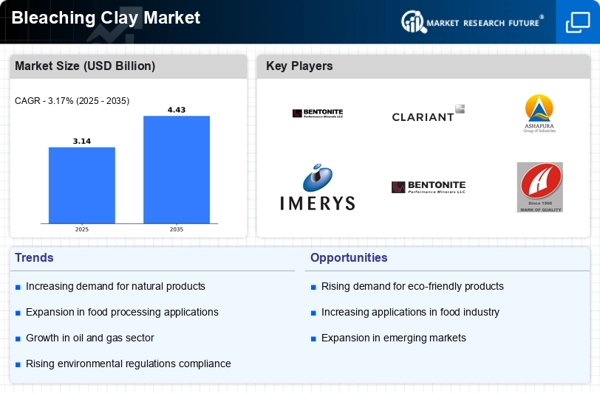
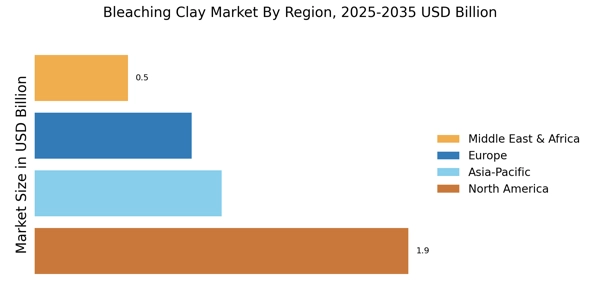
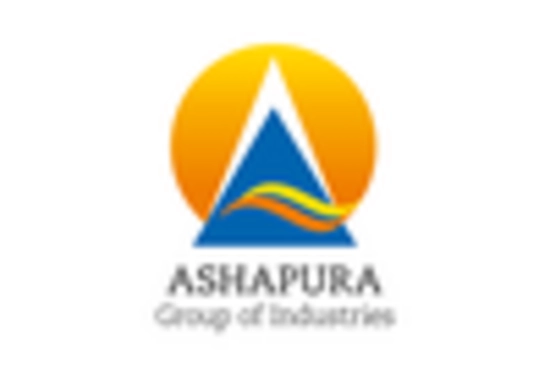
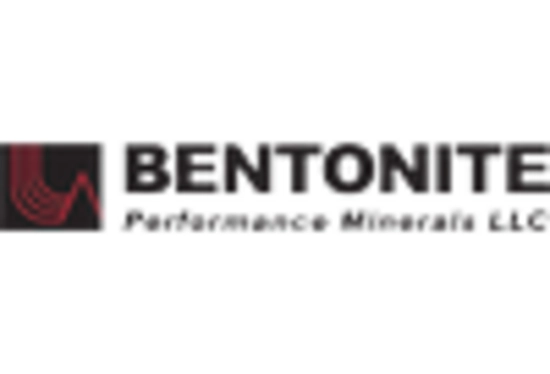
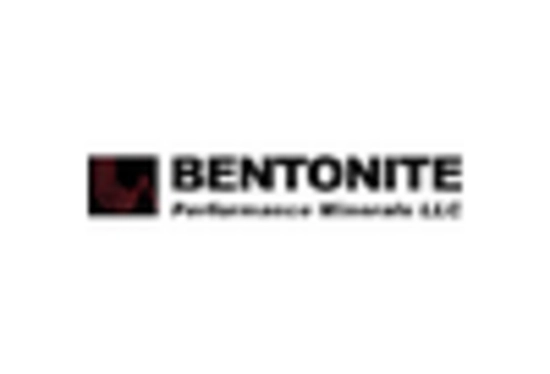
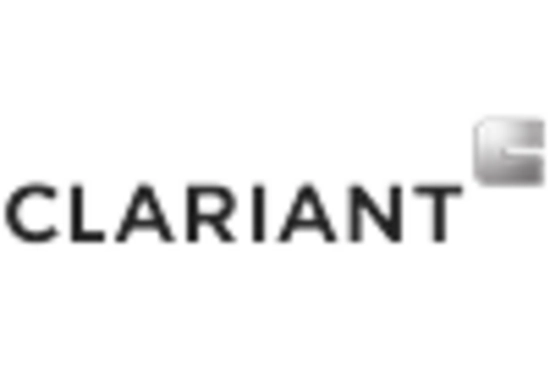
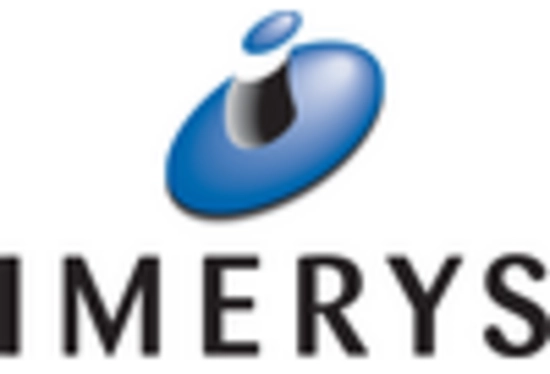
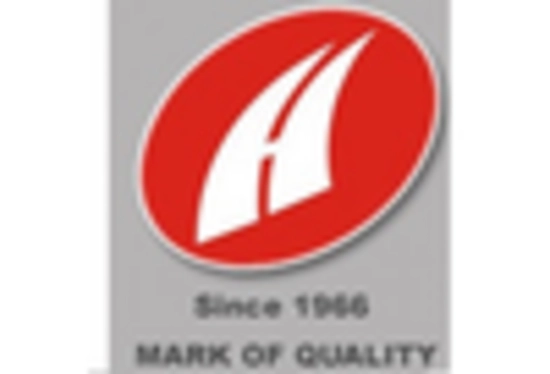








Leave a Comment